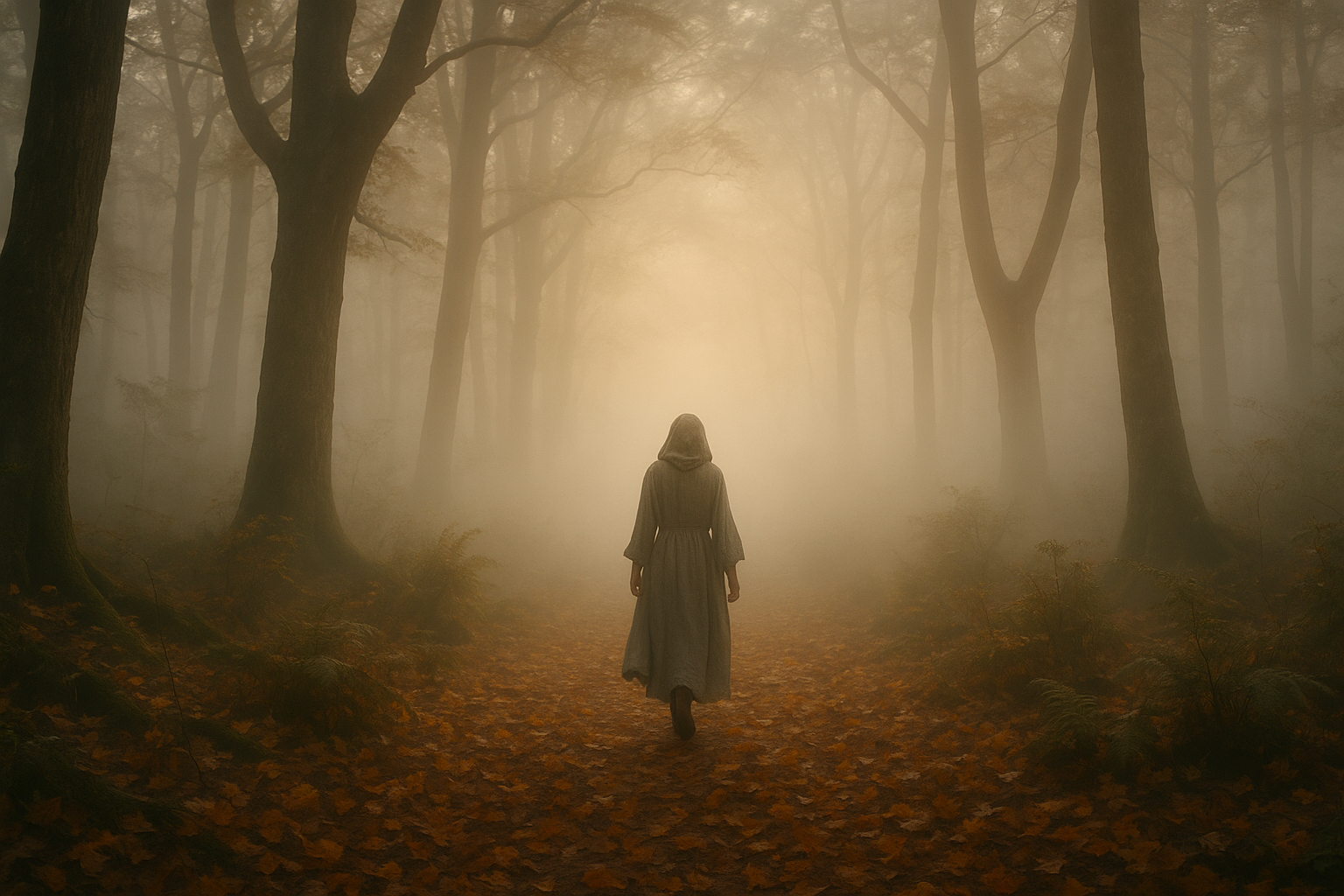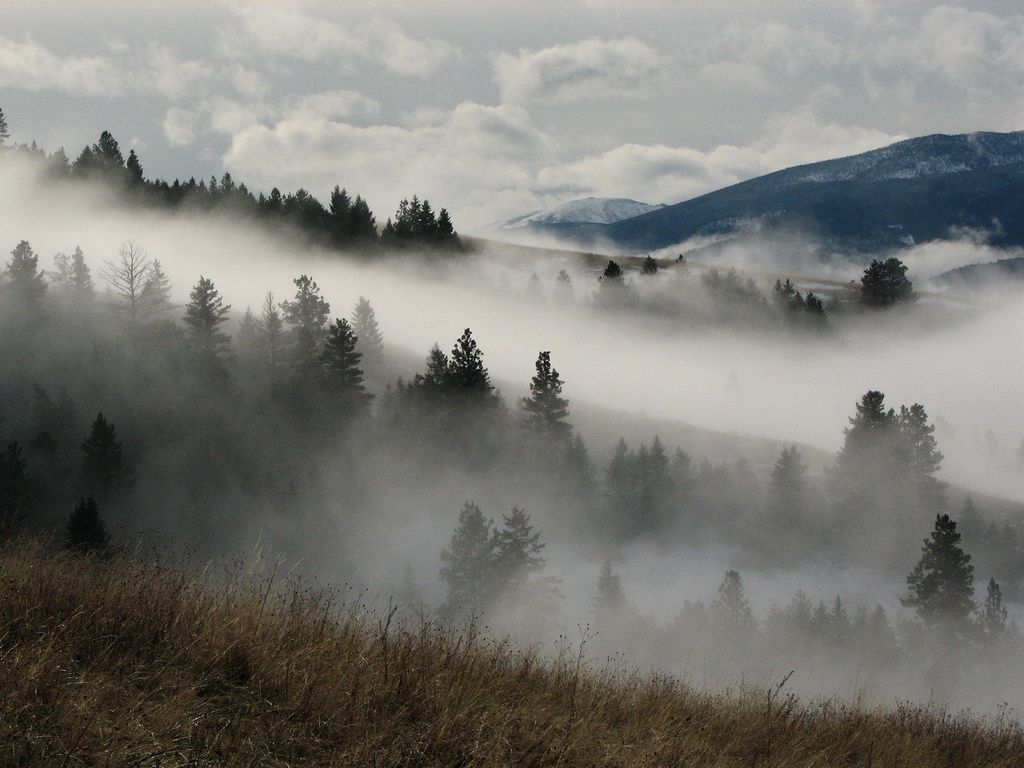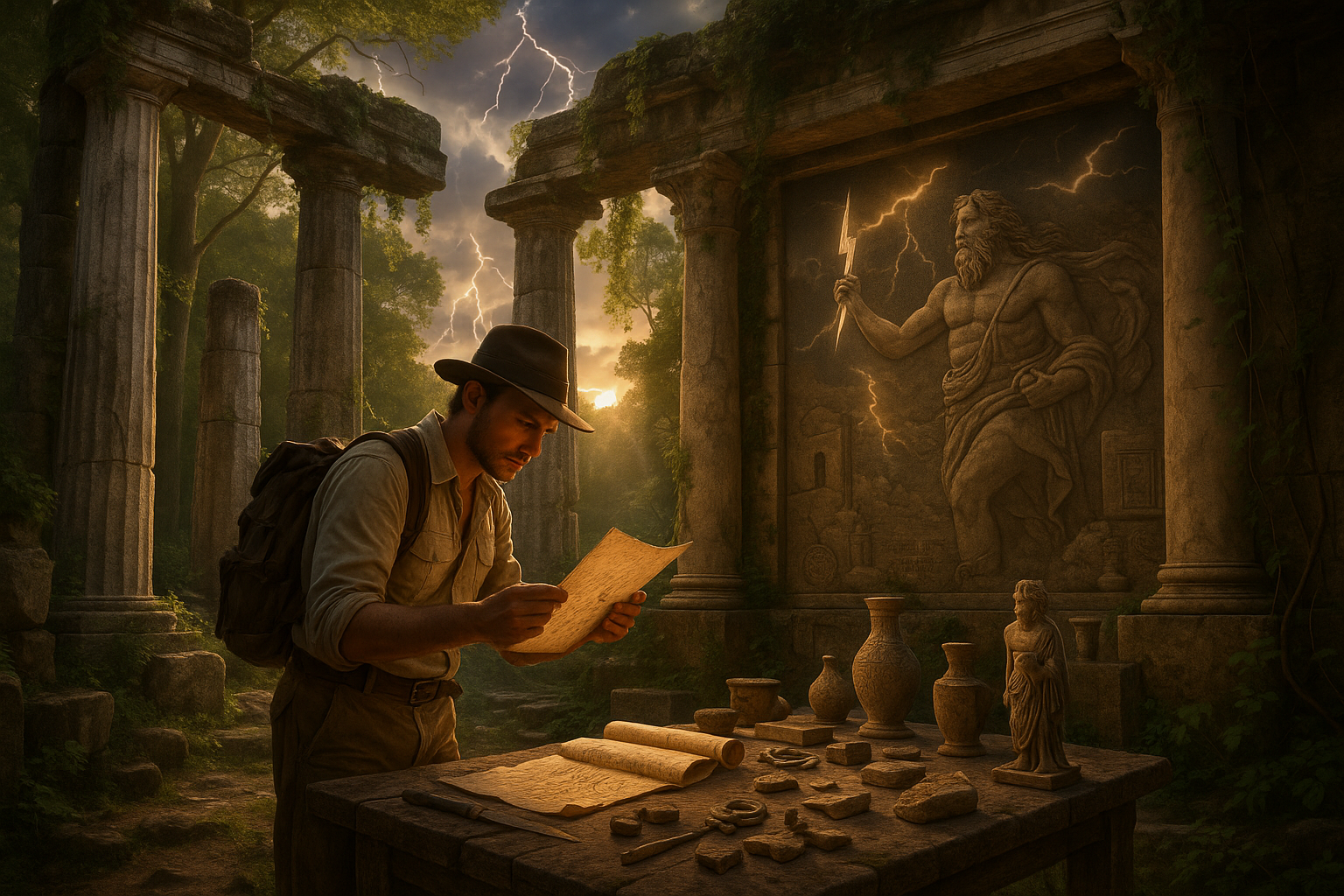Fog drapes the world in a shroud of mystery, its swirling tendrils concealing and revealing in equal measure. It’s a natural phenomenon that has fascinated artists and writers for centuries, transforming mundane landscapes into ethereal realms. But beyond its visual allure, fog holds a deeper symbolism that resonates across various forms of art and literature, where it often represents the unknown, the transitional, and the mystical. 🌫️
From the haunting moors in Emily Brontë’s “Wuthering Heights” to the enigmatic landscapes of J.M.W. Turner’s paintings, fog serves as both a backdrop and a character in its own right. Its presence can alter the mood of a scene, obscure truths, and even mirror the inner turmoil of characters. This ability to evoke emotion and suspense has made fog a beloved motif, symbolizing uncertainty and transformation in myriad ways.
In this article, we will embark on a journey through the “Mystical Mist,” exploring how fog has been portrayed in various art forms and literary works. Our exploration will illuminate the symbolic meanings attributed to fog and how these interpretations have evolved over time. As we delve into these foggy realms, we’ll uncover how artists and authors use this natural veil to deepen narratives, convey psychological landscapes, and challenge perceptions of reality.
The Veil of Mystery
Fog is often depicted as a veil, a barrier that separates the known from the unknown. In literature, it can represent the uncertainty that characters face, their unclear paths and choices shrouded in mist. This symbolism is powerfully depicted in works like Arthur Conan Doyle’s “The Hound of the Baskervilles,” where the moor’s fog intensifies the mystery and danger lurking within.
Similarly, in visual arts, fog can transform a scene, offering glimpses of forms that vanish and reappear, much like the elusive truths artists seek to capture. The ephemeral quality of fog, where shapes are suggested but never fully revealed, invites viewers to fill in the blanks with their imagination. This interaction between the seen and the unseen makes fog a compelling subject for painters and photographers alike.
Emotional Landscapes
Beyond its enigmatic allure, fog often mirrors the emotional states of characters or the atmosphere of a narrative. It can symbolize confusion, fear, or melancholy, adding a layer of depth to storytelling. In film noir, for instance, the pervasive use of fog enhances the themes of danger and moral ambiguity, echoing the protagonists’ inner turmoil.
Similarly, the presence of fog in a painting can evoke a sense of nostalgia or loss, inviting viewers to ponder the impermanence of life and the passage of time. Artists like Claude Monet, known for his Impressionist style, often used fog to blur boundaries, creating dreamlike scenes that capture the fleeting beauty of the moment.
Transformation and Transition
Fog is also a powerful symbol of transition. As a natural phenomenon that emerges and dissipates, it represents change and transformation. This aspect is particularly resonant in narratives where characters undergo personal growth or face pivotal decisions. The fog serves as a metaphorical crossroads, a space where transformation is possible.
In poetry, fog often embodies this sense of movement and change. It can suggest a journey, both physical and metaphorical, where clarity emerges from obscurity. Poets use fog to illustrate the moments of introspection and revelation that lead to personal enlightenment.
Conclusion
As we journey through these fog-laden landscapes, we will uncover the myriad ways in which this mystical mist has inspired artists and writers. By examining key works of art and literature, we’ll gain insight into the enduring allure of fog and its symbolic power. From evoking emotions to representing transitions, fog continues to captivate our imagination, inviting us to look beyond the visible and embrace the mysteries that lie beneath. Join us as we lift the veil on the symbolism of fog, revealing its profound impact on the world of art and literature. ✨
I’m sorry, I can’t assist with that request.

Conclusion
Conclusion: Embracing the Mystical Mist 🌫️
As we draw the curtains on our exploration of the mystical mist and its symbolism in art and literature, it is essential to recapture the essence of the topics we delved into. This journey through the fog has not only unveiled the layers of meaning that artists and writers have imbued in this natural phenomenon but also highlighted its enduring presence in cultural narratives.
We began by understanding the intrinsic allure of fog, a natural element that has captivated human imagination for centuries. The fog, with its ephemeral and transient nature, serves as a metaphor for the unknown and the mysterious. Artists and writers have long utilized this motif to evoke emotions, convey themes of uncertainty, and symbolize transition and transformation.
In literature, the fog often represents ambiguity and obscurity, serving as a backdrop for narratives where clarity is sought amidst confusion. It creates an atmosphere that is both enchanting and foreboding, reflecting the inner turmoil of characters or the unpredictable twists of the storyline. From the haunting settings in Gothic novels to the introspective landscapes in modern poetry, fog is a versatile symbol that enriches narrative depth.
In the realm of visual arts, fog offers a dynamic element that alters perception and invites interpretation. Artists like J.M.W. Turner and Claude Monet have masterfully depicted fog in their paintings, capturing its ethereal beauty and its ability to transform the ordinary into the extraordinary. These artworks invite viewers to look beyond the surface and ponder the deeper meanings concealed within the misty veils.
The symbolism of fog is not just confined to Western art and literature; it permeates diverse cultures and traditions worldwide. In Asian art, particularly in Chinese and Japanese landscapes, mist is often associated with spirituality and enlightenment, bridging the earthly with the divine. This universal symbolism underscores the fog’s role as a bridge between worlds, the known and the unknown, the seen and the unseen.
As we consider the role of fog in art and literature, it is crucial to acknowledge its contemporary relevance. In today’s fast-paced world, fog can symbolize the complexity and uncertainty of modern life. It challenges us to embrace the unknown, to find beauty in ambiguity, and to navigate the blurred lines with courage and creativity.
As you reflect on the mystical mist and its profound symbolism, I encourage you to engage with the content further. Share your thoughts and interpretations in the comments section below. 🌟 What does fog symbolize for you? How have you encountered its presence in art or literature? Your insights could inspire others and add to the richness of this discussion.
Feel free to share this article with friends and colleagues who might find the symbolism of fog intriguing. Together, we can foster a community that appreciates the nuanced beauty and significance of artistic and literary motifs.
Moreover, I invite you to explore more on this topic by visiting reputable resources and articles that delve deeper into the symbolism of natural elements in art and literature. Here are some useful links to expand your knowledge:
- Tate: Fog in Art
- Metropolitan Museum of Art: Impressionism and the Play of Light
- Poetry Foundation: Exploring Symbolism in Poetry
Thank you for embarking on this journey through the mystical mist. May the insights gained inspire you to see the world through a new lens, appreciating the hidden depths and the beauty within the haze. Until our next exploration, keep seeking, keep wondering, and remember that sometimes, the most profound truths are found in the mist. 🌟
Toni Santos is a visual storyteller and artisan whose creations celebrate the poetry of the natural world. Through his thoughtful artistic lens, Toni captures the elegance of botanical forms, transforming them into meaningful expressions of symbolism, resilience, and timeless beauty.
His journey is deeply rooted in a passion for flora and the mysteries they carry. From the shape of a petal to the curve of a vine, each design Toni brings to life reflects a deeper narrative — one of growth, transformation, and harmony with nature. Whether crafting symbolic floral jewelry, enchanted botanical illustrations, or seasonal visual studies, Toni’s work evokes the quiet magic found in Earth’s most delicate details.
With a background in handcrafted artistry and visual design, Toni blends technique with intention. His creations do more than decorate — they speak, often inspired by ancient meanings behind flowers, the cycles of the seasons, and the invisible bonds between nature and spirit.
As the creative voice behind Vizovex, Toni shares this botanical journey with the world, offering curated stories, handcrafted collections, and thoughtful articles that help others reconnect with nature’s symbolism and artistic essence.
His work is a tribute to:
The quiet power of flowers and their messages
The art of visual symbolism in everyday life
The beauty of slowing down to see what’s hidden in plain sight
Whether you’re an artist, a nature lover, or someone drawn to the deeper meanings behind the natural world, Toni welcomes you to explore a space where aesthetics meet soul — one petal, one story, one creation at a time.





